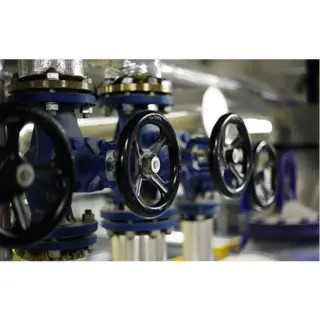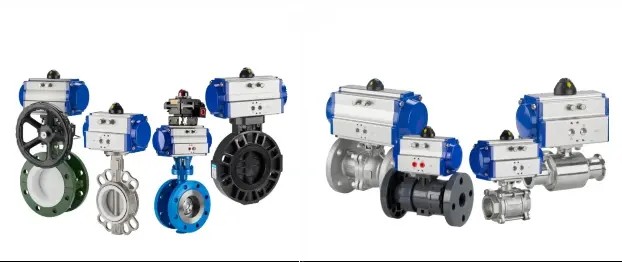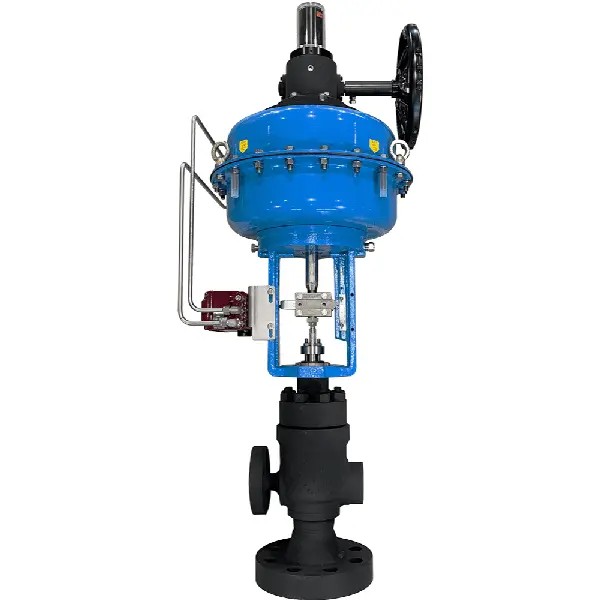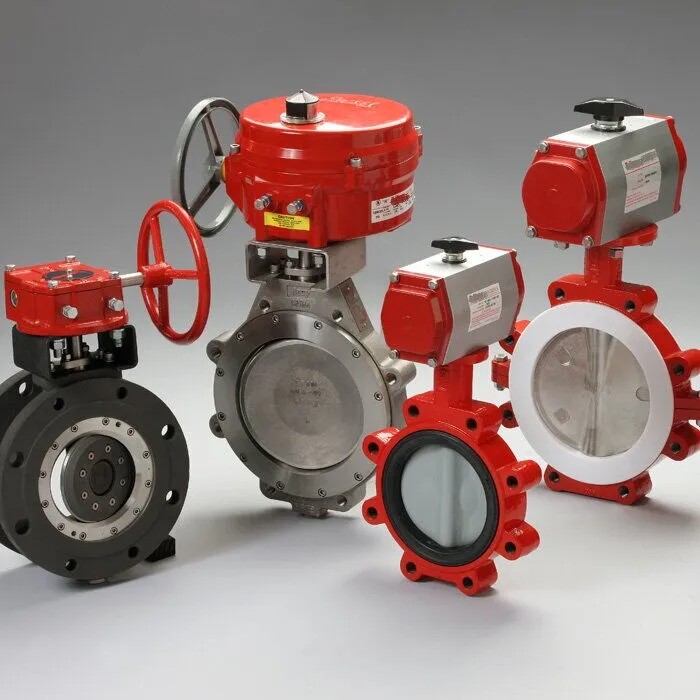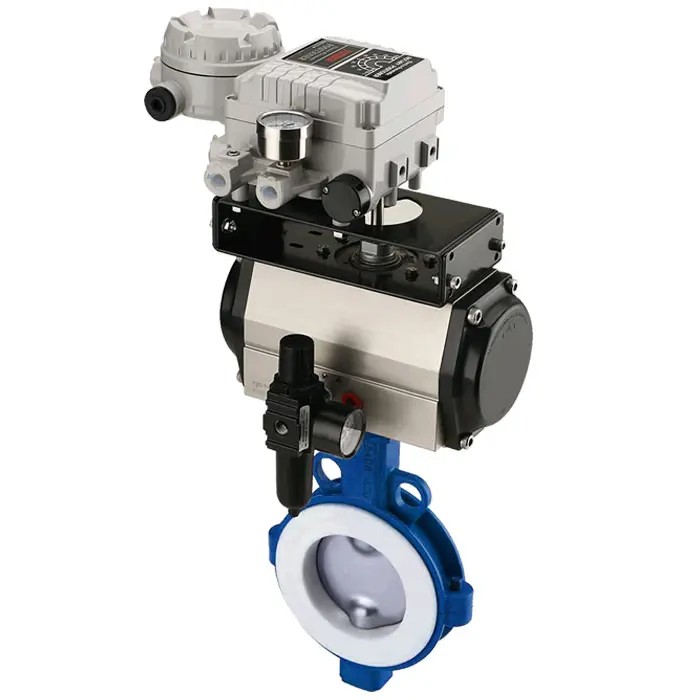Essential Guide to Butterfly Control Valves: Types, Maintenance, and Troubleshooting
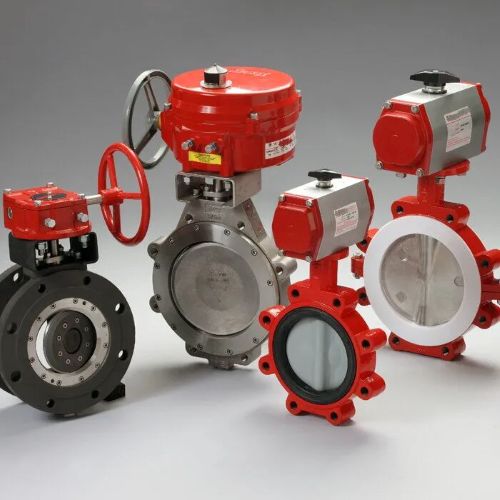
Strong 8k brings an ultra-HD IPTV experience to your living room and your pocket.
Mastering Butterfly Control Valves: Types, Maintenance Strategies, and Troubleshooting Guide Introduction Butterfly control valves are compact, quarter-turn valves that regulate fluid flow using a rotating disc positioned within a pipeline. When the disc is turned, it opens or restricts the passage of fluid, enabling precise control over flow rates. Known for their fast operation, low-pressure drop, and relatively simple construction, butterfly valves are essential in industries such as water treatment, HVAC, chemical processing, power generation, and food and beverage production. Their popularity stems from advantages like low cost, space-saving design, and high flow capacity. Yet, to maintain peak performance and system reliability, understanding the valve types, routine maintenance requirements, and common operational issues is critical. This article offers a comprehensive overview of butterfly control valves—including their classifications, maintenance practices, and troubleshooting techniques—to help plant operators and engineers keep systems running safely and efficiently. Types of Butterfly Control Valves Butterfly valves are designed in several configurations to suit varying pressure, temperature, and installation requirements. The three most widely used types are wafer, lug, and flanged butterfly valves. 1. Wafer Type Butterfly Valves Wafer-style valves are designed to sit between two pipeline flanges, secured by flange bolts that pass through the valve body. They are compact and cost-effective, making them ideal for tight spaces and budget-conscious applications. Advantages: Lightweight and easy to handle Economical and space-efficient Quick to install and remove Disadvantages: Lower pressure and temperature handling Not suitable for isolation in critical systems May require system shutdown for maintenance Common Applications: HVAC systems, municipal water distribution, cooling systems, and general-purpose piping. 2. Lug Type Butterfly Valves Lug-style valves have threaded inserts (lugs) that allow them to be bolted to one side of a pipe flange at a time. This design enables service on one side of the piping system without affecting the other, making them more versatile than wafer-style valves. Advantages: Allows pipeline disconnection on one side Improved structural integrity Suitable for moderate pressure applications Disadvantages: Heavier and more expensive than wafer types Requires additional bolt installation time Common Applications: Chemical processing, oil and gas systems, and fire protection piping. 3. Flanged Type Butterfly Valves Flanged butterfly valves have integral flanges for direct bolting to pipeline flanges. These heavy-duty valves are suited for high-pressure and high-temperature applications where strength, durability, and leak-proof performance are paramount. Advantages: Excellent pressure and temperature resistance Secure, leak-proof flange connections Durable in aggressive environments Disadvantages: Highest cost among the three types Bulky, requiring more installation space and support Common Applications: Power plants, steam lines, refineries, petrochemical systems, and large-scale industrial pipelines. Maintenance of Butterfly Control Valves Routine maintenance is essential to preserving valve efficiency, safety, and operational longevity. Neglecting maintenance can lead to component failure, system inefficiencies, or costly downtime. 1. Regular Visual and Functional Inspections Conduct scheduled inspections to identify signs of wear, misalignment, or mechanical degradation. Inspect: Valve body: Look for corrosion, cracks, or deformation Disc: Check for buildup, erosion, or distortion Seat: Examine for sealing wear or tear Stem: Ensure there is no play or corrosion Actuator: Test responsiveness and alignment Early detection of issues prevents extensive damage and unplanned shutdowns. 2. Lubrication Practices While butterfly valves themselves usually require little lubrication, actuators—especially pneumatic and electric types—may need routine lubrication for smooth motion. Use only manufacturer-recommended lubricants Avoid over-lubrication, which may attract dust and debris Inspect pneumatic air supply for dryness and cleanliness 3. Cleaning and Debris Removal Foreign material accumulation can restrict disc movement and cause improper sealing. Use non-corrosive cleaning agents to remove dirt, scale, and deposits Flush the pipeline periodically to prevent buildup Avoid abrasive tools or substances that could damage internal surfaces 4. Packing and Seal Adjustments Valve leakage may result from worn or improperly adjusted packing and seals. Gradually tighten packing glands to avoid over-compression Replace seals or gaskets when leakage or wear is detected Always use sealing materials compatible with the process fluid 5. Actuator Calibration and Maintenance For automated systems, maintaining the actuator is just as important as maintaining the valve. Check actuator alignment with the valve stem Test operational feedback and control accuracy Calibrate regularly to match system control parameters Troubleshooting Common Issues Even with proper care, butterfly valves may develop problems. Recognizing the root causes and responding promptly helps avoid operational delays. 1. Valve Leakage Cause: Damaged seat or deteriorated seals Solution: Replace the seat or seals; re-torque bolts; perform pressure tests to ensure sealing integrity 2. Disc Jamming or Sticking Cause: Accumulated debris or actuator misalignment Solution: Clean valve interior; realign actuator; inspect bearings and stem for corrosion or mechanical failure 3. Inconsistent Flow Regulation Cause: Faulty actuator, control system errors, or disc misalignment Solution: Check control signals, recalibrate actuator, ensure unrestricted disc rotation 4. Excessive Vibration or Noise Cause: Loose components or improper installation Solution: Tighten bolts, inspect support structures, and ensure valve is centered and installed correctly Conclusion Butterfly control valves are indispensable in modern fluid management due to their simplicity, efficiency, and wide applicability. Understanding the different valve types, maintaining them properly, and addressing problems swiftly are essential steps in ensuring long-term, trouble-free performance. By adopting a proactive maintenance strategy—through regular inspections, cleaning, proper lubrication, and actuator care—operators can maximize system uptime, reduce repair costs, and extend the valve’s operational life. Whether used in water systems, industrial processes, or chemical pipelines, well-maintained butterfly valves provide reliable and consistent flow control, helping to keep operations safe, stable, and efficient. Learn more about Google SEO.
Note: IndiBlogHub features both user-submitted and editorial content. We do not verify third-party contributions. Read our Disclaimer and Privacy Policyfor details.



